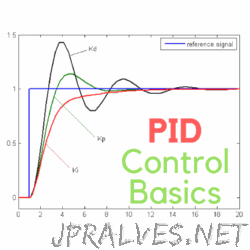Other
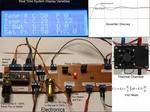
“The PID Temperature Control of a miniature thermal chamber is a system designed for teaching the fundamentals of Process Control. Story The PID Temperature Control of a miniature thermal chamber is a system designed for educational purposes. It can be …

“The PID Position Control of a levitating balsa disc assembly inside a 500ml graduated cylinder is a system designed to teach process control The PID Position Control of a levitating balsa disc assembly inside a 500ml graduated cylinder is a …
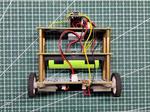
“Made a simple Self Balancing Robot using XIAO ESP32 C3, Arduino Nano and Custom PCBs So here’s an interesting little project: a Mini Self-Balancing Bot made from three layers of custom PCB, each containing a specialized circuit for this …
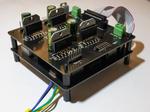
“Control up to 4 motors with high precision using quadrature encoders, can be added to robots or create CNC machines. Background and Theory The purpose of this project is to create a system that give precise control of speed, acceleration …

“It is an Open Source DIY- project. It can maintain its own balance and can be controlled remotely via Bluetooth connection. LOTP Two-Wheeled Self-Balancing Robot Project is an open source –DIY- project. It can maintain its own balance and can …
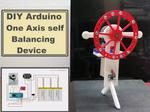
“Simple to build one axis self stabilizing device witch consist only three components Arduino nano, Nem24 brushless motor, and MPU6050. This time I will show you how to make a simple One axis self balancing device, which is based on …
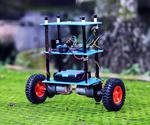
“Today in this tutorial, I have made a SELF-BALANCING robot with ARDUINO. I hope this article will help the beginners to make it properly. For the mechanical Part, we will need - PVC SHEET - GRAPHITE PENCILS - GEAR MOTOR - MOTOR BRACKET …

“A proportional integral derivative (PID) controller that will be used to run a home-made precision heater. PID is a fancy way of saying that the code plays a game of ‘Warmer’, ‘Colder’ to get something to a particular value (in …
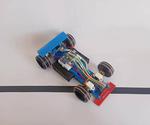
“Line follower robot are one of the classic project for a robotic enthusiast with self balancing and obstacle avoidance robots. It helps to get acquainted with IR sensors, motor drivers, conditional statements and PID controllers. So let’s build a …

“We have built a combined balancing and 3 wheel robot for edcuational use in schools and after school educational programmes. The robot is based on an Arduino Uno, a custom shield (all construction details provided), a Li Ion battery pack …

